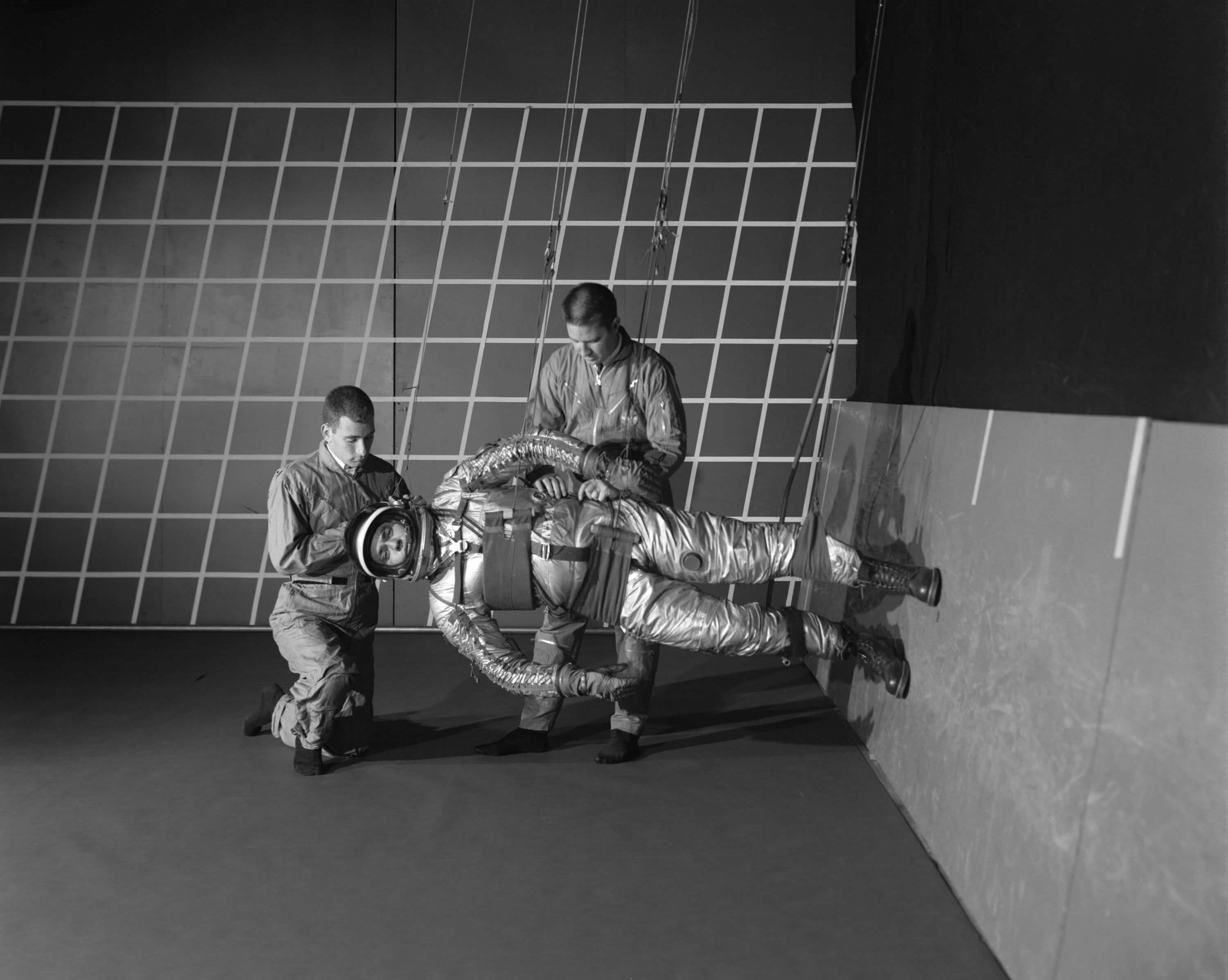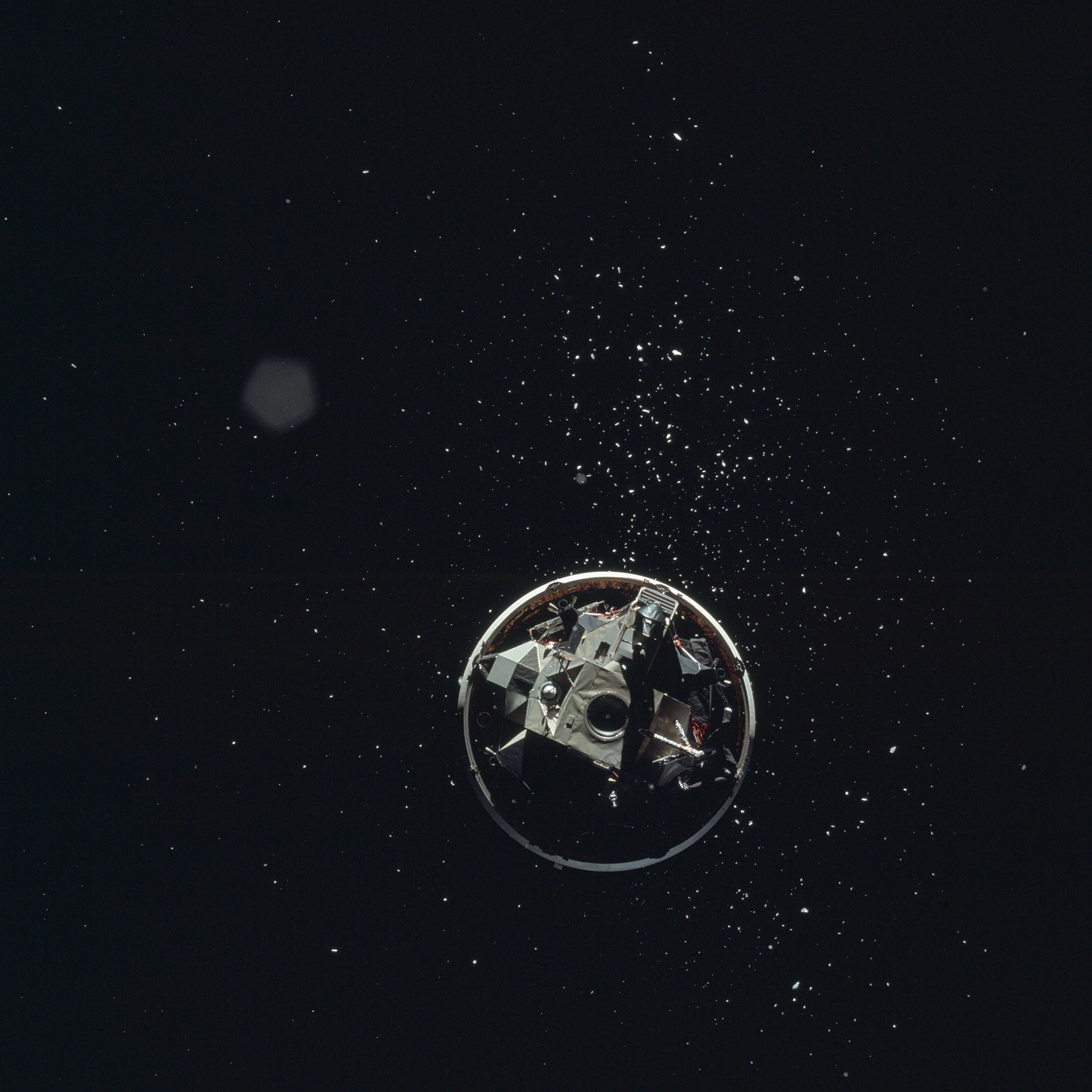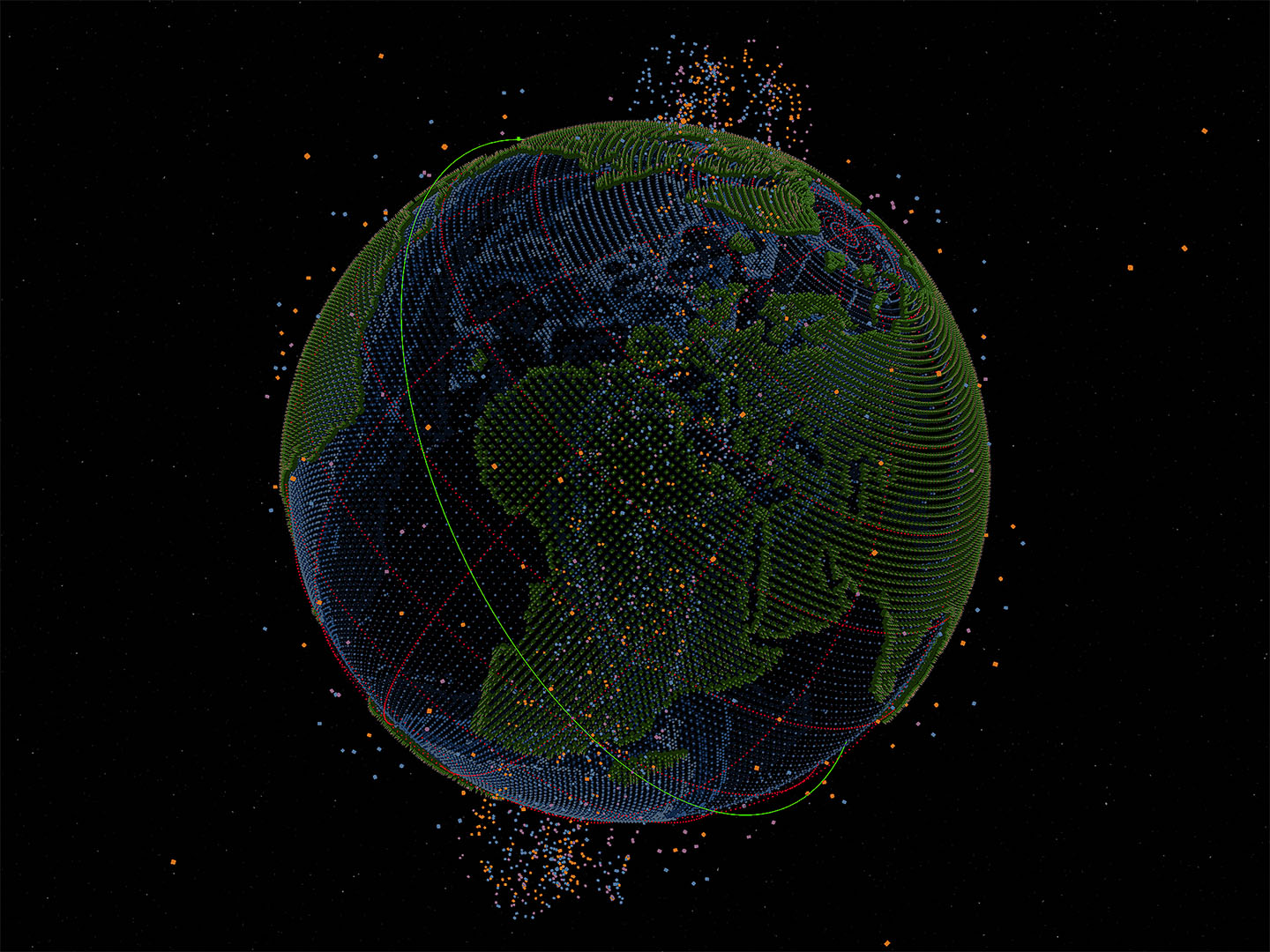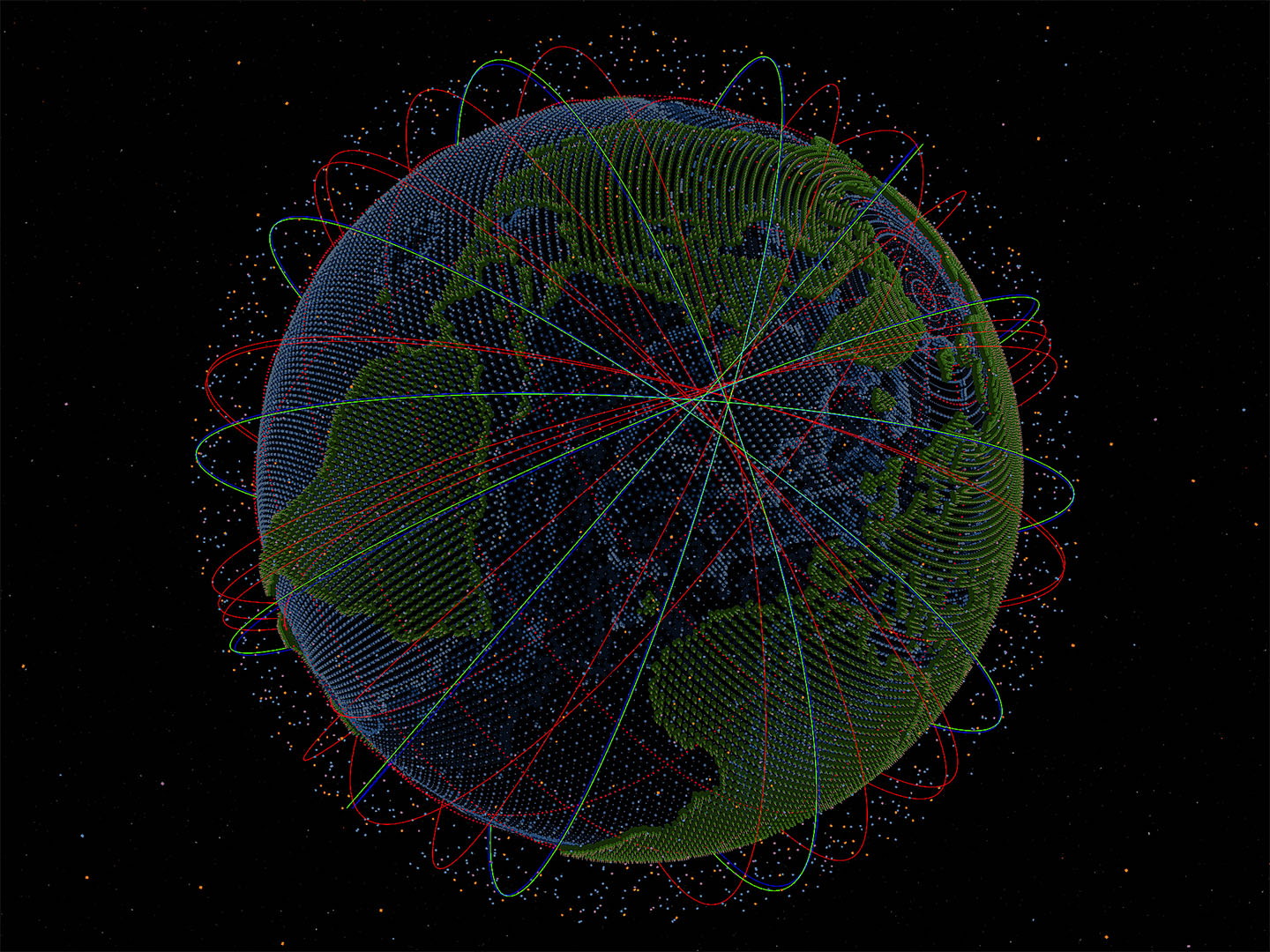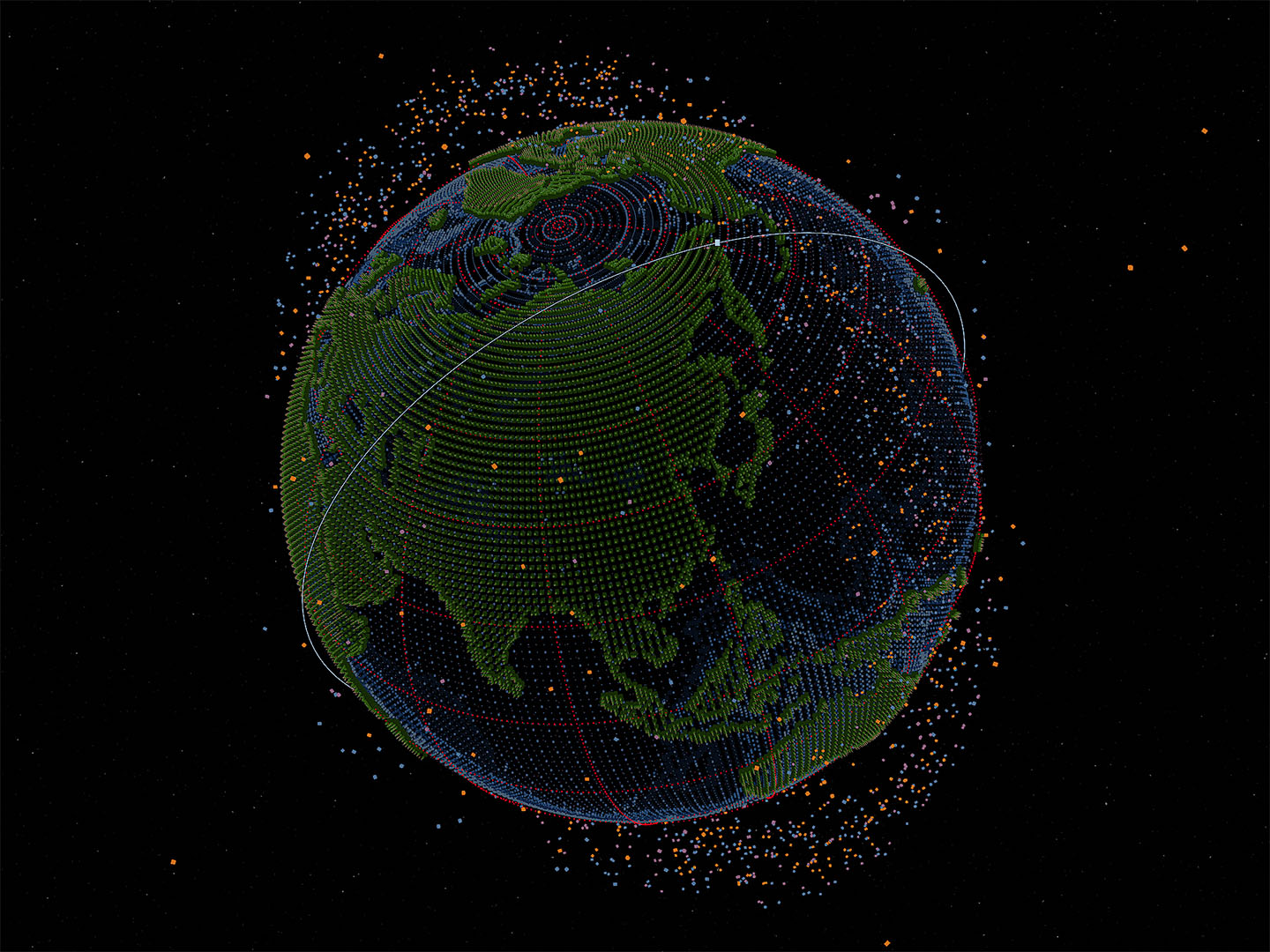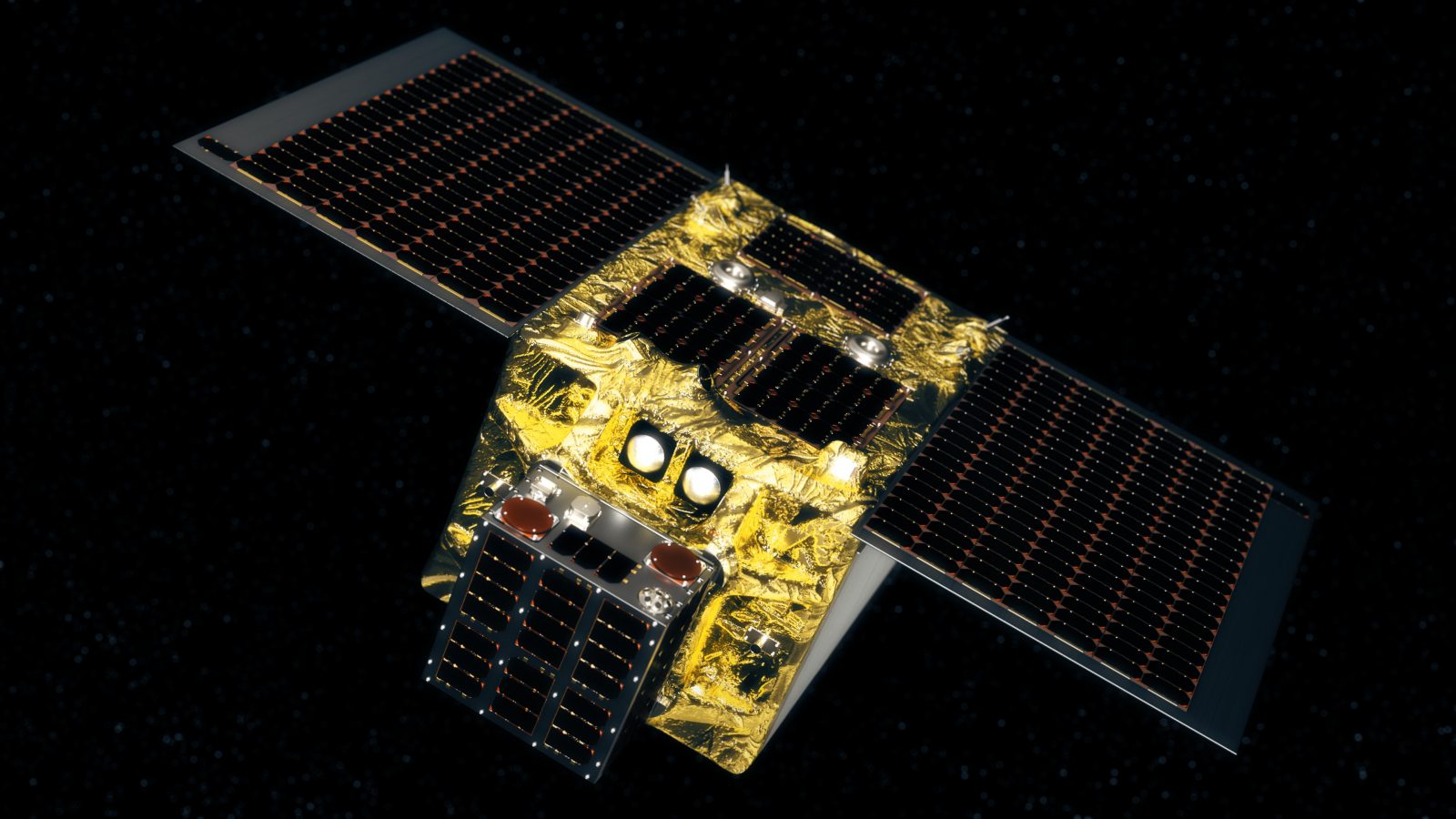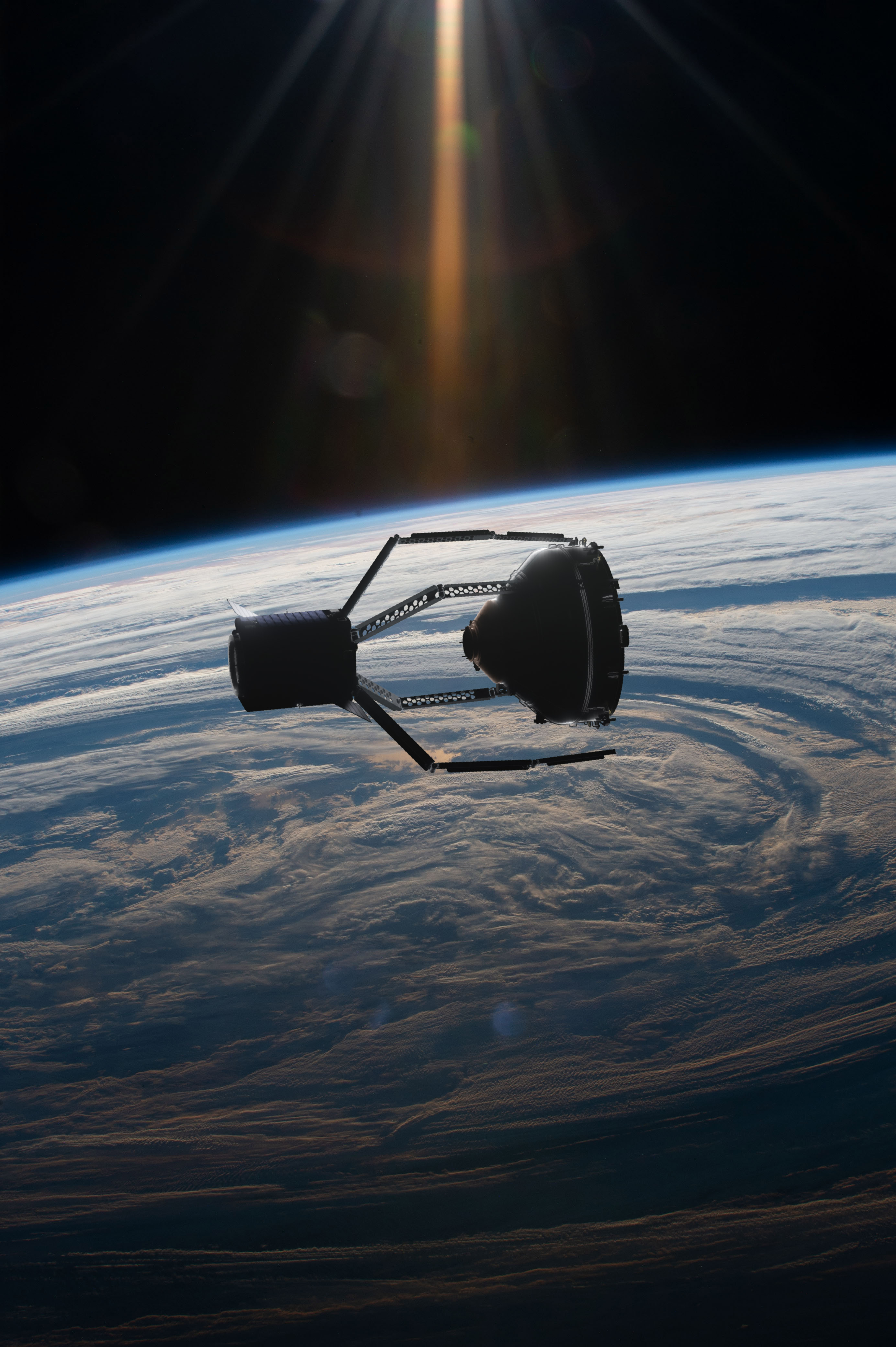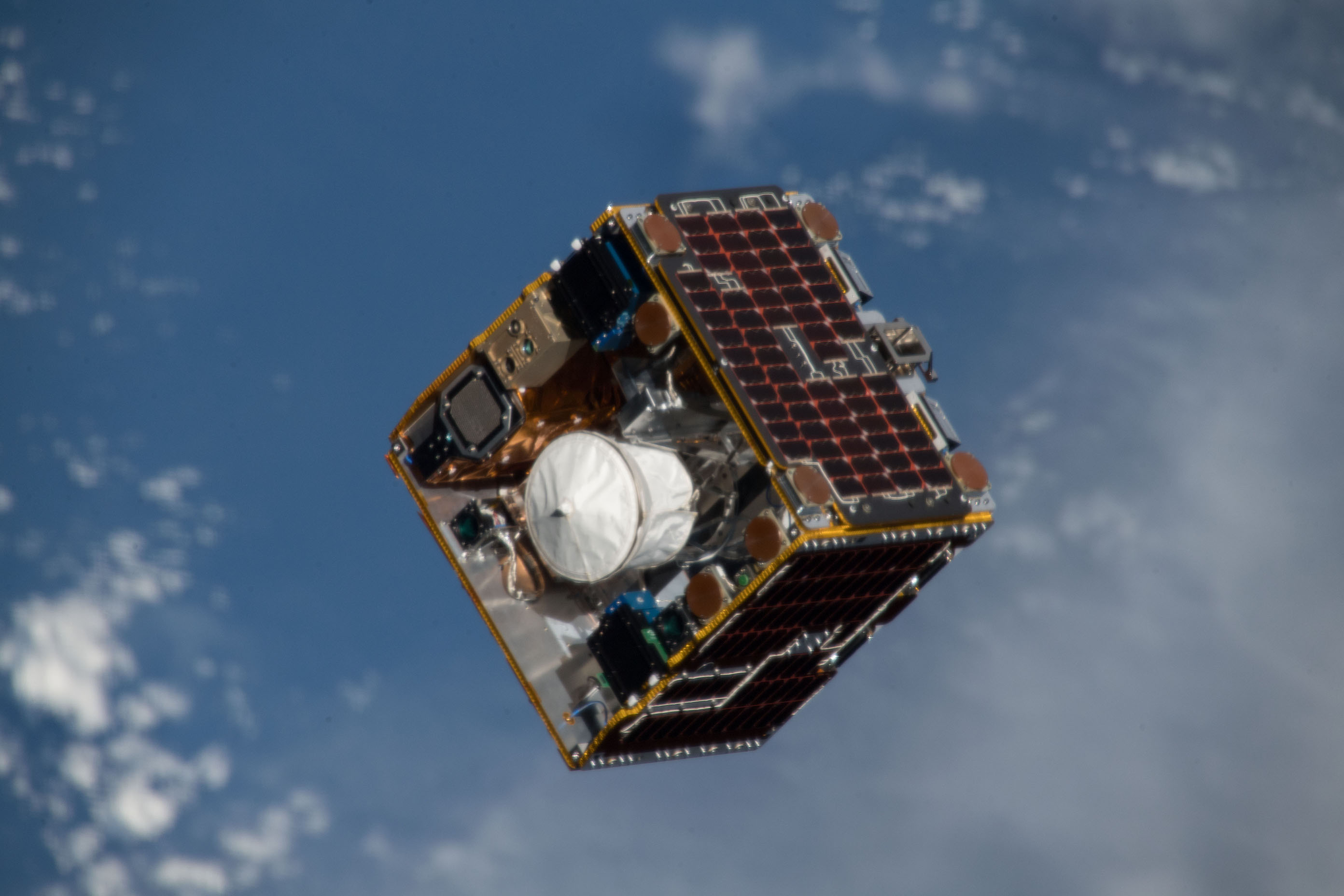Space Exploration is Skyrocketing
Throughout history, the vastness of space has captivated human imagination. Shining stars and distant planets have prompted dreams, stories, and aspirations for humankind. But soon after the end of WWII, when tensions between the United States and the Soviet Union were rising — what is now remembered as the Cold War — this fascination turned into ambition. A competition for power. A space race. What began as a curiosity of exploring outer space quickly became a geopolitical factor. Even if people did not always see it in that light.
"We believe that when people reach beyond this planet, they should leave their national differences behind them."
- John F. Kennedy
- 35th U.S. President
The Space Age
Life on Earth progressed at a tremendous speed because of it, and powerful nations harnessed the coming Space Age as a business opportunity. Outer space, which had sparked our dreams and goals for centuries, was suddenly heavily privatized. Private enterprises began venturing into space for telecommunication, business, and entertainment. And there is no sign of it slowing down. Now we are at the brink of a new era, the era of space tourism (only available to a handful, of course). Our wide empty space is starting to resemble a highway during rush hour, and with the planned launch of so-called “mega-constellations,” it is only going to get further out of hand.
"There are so many benefits to be derived from space exploration and exploitation; why not take what seems to me the only chance of escaping what is otherwise the sure destruction of all that humanity has struggled to achieve for 50,000 years?"
- Isaac Asimov
- Writer & Professor
History of Satellite Launches
No Life Without Satelites
"The space industry is developing and delivering benefits that tie into our immediate needs and priorities here on Earth. For example, medical and materials research, and satellite communications."
- Marc Garneau
- Astronaut
How Satellites Are Used
Almost everything humans take for granted today — such as making phone calls, knowing whether to carry an umbrella, withdrawing cash, enjoying entertainment, and avoiding traffic jams — they owe to satellites. Invisible to the naked eye, they affect everyday life. Here are some of the roles they fulfill.
Observation
Satellites are by far the best human resource to supervise Earth’s activities. Satellites provide accurate climate and environmental monitoring, complement agriculture and farming, enable disaster warning and resource management, and even allow underground activity to be followed.
 Satellite view of Larsen B Ice Shelf, Antarctica, collapsing as a result of global warming. Image Source: Getty
Satellite view of Larsen B Ice Shelf, Antarctica, collapsing as a result of global warming. Image Source: Getty
Navigation
Systems like the Navstar Global Positioning System (i.e., GPS) enable anybody with a handheld receiver to determine their location. Used by civilians and the military, it enables safe land, sea, and air navigation, especially in emergencies.
 Pilots aboard the Huey UH-1 helicopter navigating over fires burning in Volusia County, Florida using a portable GPS system. Image Source: NASA
Pilots aboard the Huey UH-1 helicopter navigating over fires burning in Volusia County, Florida using a portable GPS system. Image Source: NASA
Communication
Satellites are often the main source of voice communication for rural or isolated areas and the only one for areas where phone lines have been damaged after a disaster. Additionally, they are increasingly vital for the developing world, providing remote populations access toeducation and medical expertise that would not be available otherwise.
 The first transmission of a newspaper via satellite from London to Puerto Rico. Image Source: NASA
The first transmission of a newspaper via satellite from London to Puerto Rico. Image Source: NASA
Experimentation
Before the Space Age, astrophysicists were limited to studying the universe via ground-based telescopes, but now humans can better understand phenomena such as black holes and pulsars, study distant planets, and further enhance life on Earth by conducting experiments in outer space.
 Astronaut Norishige Kanai with dwarf wheat plants grown in Japan's Kibo laboratory module. Image Source: NASA
Astronaut Norishige Kanai with dwarf wheat plants grown in Japan's Kibo laboratory module. Image Source: NASA
Satellites by Purpose
Active Satellites
0
Observation
0
Navigation
0
Communication
0
Experimentation
0
Other
0
Satellites by Country
United States
0
Russia
0
China
0
Other
0
"Space is for everybody. It’s not just for a few people in science or math, or for a select group of astronauts. That’s our new frontier out there, and it’s everybody’s business to know about space."
- Christa McAuliffe
- Teacher & Astronaut
Number of people who rely on navigation services
0 billion
Number of people who rely on satellite internet
0 million

Pollution on an Astronomical Level
Undoubtedly, life on Earth has benefited from satellites, but the trash left behind with each mission threatens the progress we have made.
What is Space Debris?
Space junk, trash, and debris refer to artificial objects orbiting Earth without any value or purpose. Space debris can be of any size, from a fleck of paint to a defunct rocket body. One of the largest known pieces of debris is the Envisat satellite, which weighs over eight tons and is about the size of a school bus.
However, most space debris pieces are much smaller. The US Space Surveillance Network tracks over 13,000 pieces of debris. It is estimated there could be millions of pieces smaller than one centimeter, which are much harder to track than bigger pieces. But even these small pieces of space debris can be dangerous because they travel at high speeds.
A piece of debris just 1 cm in diameter has an average velocity of 10 km/s. At these speeds, even a minor collision can significantly damage a satellite or spacecraft.
Size Range of Trackable Debris
Large pieces of debris
0
Medium pieces of debris
0
Small pieces of debris
0
"[Pieces of] debris travel at about 20 km/s, which turns them into hypersonic bullets that can tear a steel panel like it was made of paper."
- Stefano Antonetti
- Vice President, D-Orbit
Where Does Debris Come From?
As it is with exploiting a resource, exploration of space also leads to pollution. Satellites, spacecrafts, and even the toolboxes used in space fragment over time to become debris. When two pieces of space debris collide, they can break into thousands of smaller pieces, creating a cascade of debris. Accidents in space such as explosions on board satellites or rockets can also create space debris. Sometimes, the formation of debris is a result of deliberate destruction of a satellite in orbit. Known as an Anti-satellite Test or ASAT test, this can create a large amount of debris, posing a risk to other functioning satellites and spacecraft. In the same way that satellites are cataloged by their country of origin, debris pieces are also tracked by the parent object and country.
Space Debris By Country
United States
0
Russia
0
China
0
Other
0
The Ultimate Threat
Space debris movement and collisions are monitored closely to avoid endangerment of functioning space objects such as satellites because such events could disrupt essential services on Earth. If they were to detect danger, the only immediate measure that space agencies could take is to try to maneuver their space objects to safety. But what is one to do if the storm of debris refuses to subside? Donald J. Kessler, an American astrophysicist and former NASA scientist, first described the following scenario in 1978: a collision of debris resulting in the cascading of more such collisions. A loop of debris formation that is almost impossible to stop once it has started. The Kessler Syndrome could destroy all functioning satellites and crowd the orbit to the degree that space exploration as we know it would come to an end. With all satellites out of the picture, we would be left in the dark.

"Until now, space has been seen as a free-for-all — the next frontier to explore. But what we forget is that it’s also an ecosystem — and like any ecosystem, exploration of it has come at an environmental cost."
- Dr. Moriba Jah
- Chief Scientist, Privateer
The Big Space Cleanup
In recent years, there has been growing interest in developing technologies such as nets, harpoons, and lasers to remove debris. The history of space law and industry guidelines about debris shows that the international community is slowly becoming aware of the problem and is taking the first steps to mitigate it. However, this remains a serious challenge, and we must accelerate the cleanup.
Space Laws & Guidelines

1967 — Outer Space Treaty
This treaty set out the founding principles of international space law. It deems space to be a common resource for all states, one that no one party can claim sovereignty over.
1996 — Inter-Agency Space Debris Coordination Committee (IADC)
This committee was formed to promote international cooperation on the matter of space debris mitigation.
2007 — Space Debris Mitigation Guidelines
Based on the IADC guidelines, these guidelines are widely accepted by the international space community. However, they are voluntary.
- Design guidelines: Satellites and spacecraft should be designed to be resilient and not likely to fragment.
- End-of-life deorbiting rule: Satellites and spacecraft should be deorbited at the end of their lifespan, within 25 years, to avoid generating space debris.
- Minimization of debris release: Space operations should be conducted in a way that minimizes the release of debris before, during, and after the mission.
2022 — Five-Year Rule for Deorbiting Satellites
This is a new rule adopted by the Federal Communications Commission in the United States. It requires satellite operators to deorbit their satellites within five years of completing missions.
Number of countries
with space programs
0
Number of countries in the
Debris Coordination Committee
0
Number of countries that have
enforced a liability fine for space debris
0
"Until recently, there wasn’t a financial incentive for companies to take on the task of removing orbital debris. Now we’re seeing this become a viable business case."
- Laura Forczyk
- Owner, Astralytical
Number of private space
technology companies worldwide
0
Number of active space debris
removal companies worldwide
0
Debris Prevention Technology
Different types of satellite technology are being developed to prevent debris. Satellites are seeing new deorbiting mechanisms. Using thrusters, sails, and tethers, the objects are brought back into the Earth’s atmosphere either with unassisted or assisted reentry. Another important feature that space objects need is built-in maneuverability, which is especially crucial for responding to any predicted debris threats.
Companies such as Privateer, LeoLabs, OKAPI:Orbits, VYOMA are crucial for a sustainable space economy, as they have been documenting the situation and monitoring the threat to minimize collisions and thus further proliferation of debris.
Average number of objects
launched into space annually
0
Number of cleanup technologies
tested in space in the last decade
0
Debris Removal Technology
Several technologies are being developed to actively remove debris from orbit. These technologies include nets, harpoons, and lasers. The following are examples of a few companies that share a mission to remove debris.
First-ever launch of an artificial
satellite for use on Earth
0
First-ever scheduled debris
removal mission in space
0
"People know about global warming. People know about ocean cleanup. But they don’t know anything about the space debris issue."
- Nobu Okada
- CEO, Astroscale

